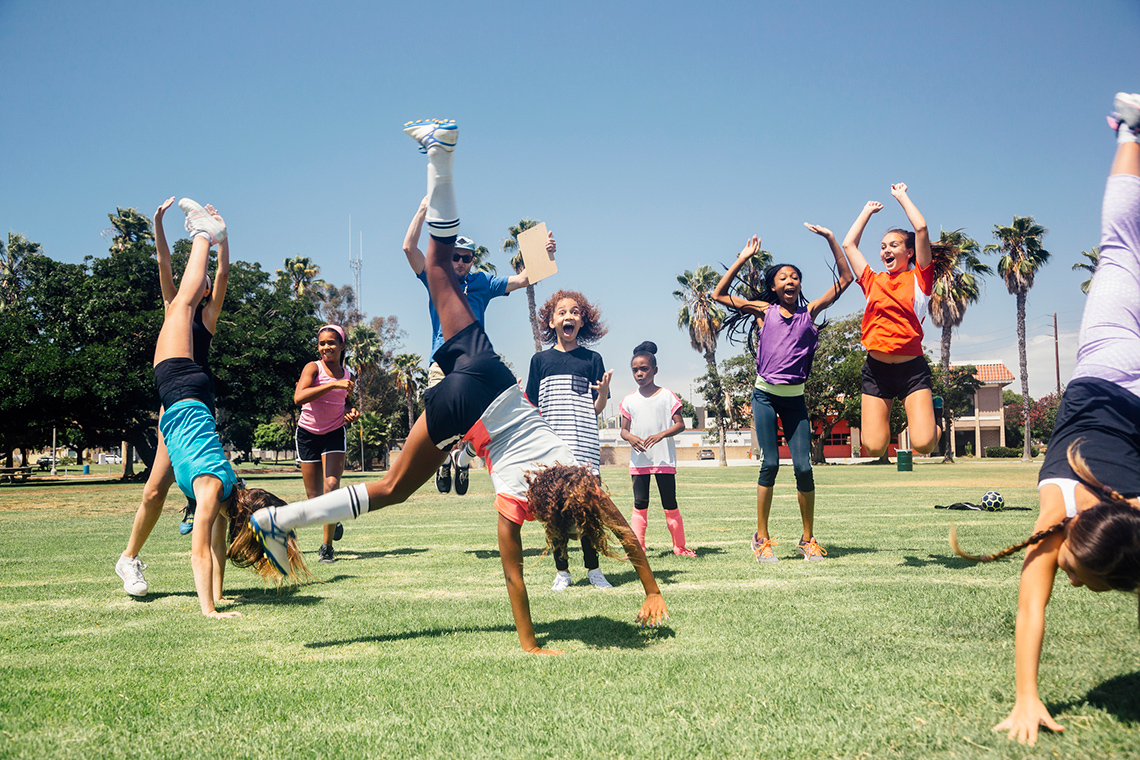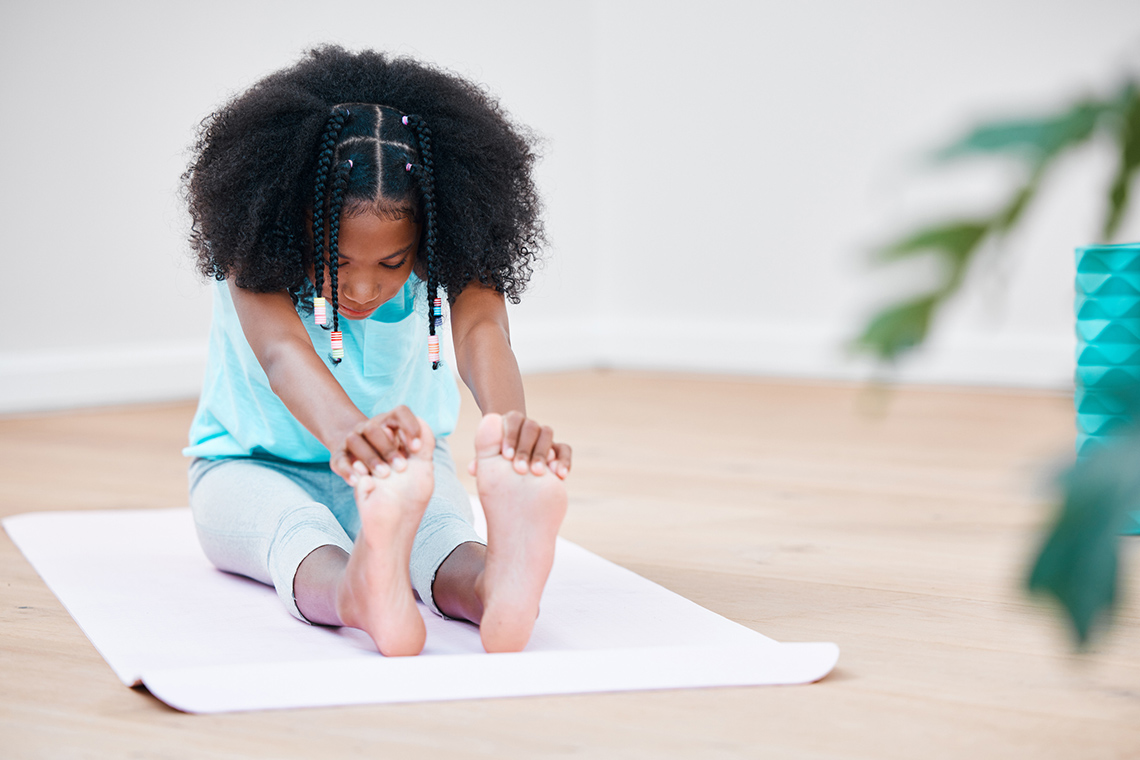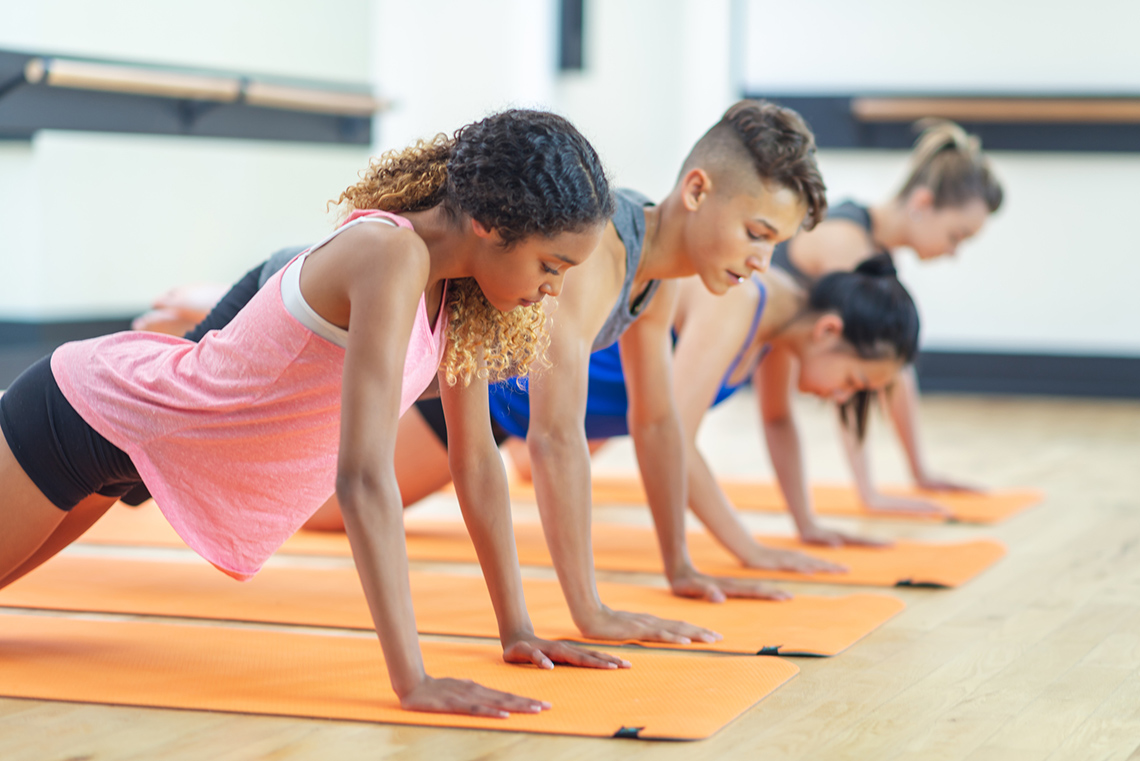Minds On
Movements

Always be sure to do your safety checks before you do an activity.
Safety
Before you begin, consider these safety precautions:
Warm up
Let's move!
Let's move through the following steps for our warmup activity:

Pause and Reflect
Pause and reflect
- How did your body feel as you were performing the locomotion?
- How did your body feel as you were on your break?
Record your ideas in a notebook or another method of your choice.
Action
Variables

Recall your thoughts about how your body felt while moving and resting from the warmup activity in the Minds On section.
What variable changed with how you moved around the area?
Press 'Variable' to access a definition.
A variable is something that changes or that can be changed.
Complete the Let's Move – Variables Activity in your notebook or using the following fillable and printable document. If you would like, you can use speech-to-text or audio recording tools to record your thoughts.
|
After exploring the Minds On activity, what variable changed with how you moved around the area? |
||
|
Locomotion movement after… |
How did you feel? |
What variable changed? |
|
1 lap |
|
|
|
2 laps |
|
|
|
4 laps |
|
|
|
6 laps |
|
|
Press the ‘Activity’ button to access Let's Move – Variables Activity.
Time
A possible variable, or one thing that changed, was time.
After every one-minute break, there was an increased amount of time to perform the locomotion movement around the area.
Time is just one training principle that can be applied to improve our overall personal health and fitness.

FITT principle
What does FITT mean?
F: Frequency
I: Intensity
T: Time
T: Type of activity
The FITT principle are four components that affect the development of our personal health and fitness skills and goals, and can help improve our life.
Press the following tabs to explore more about the FITT principle.
Frequency refers to how often we exercise and train our body.
Continuing to build our fitness and personal health takes some form of regular, physical activity or workout as often as three times per week or more.

Intensity refers to how difficult an exercise or an activity is.
Scientists, who study the effect of exercise on the body, have produced simple methods that can be used to determine just how hard one's heart, lungs, and muscles are working when they are exercised.
For the cardiorespiratory system - the heart and lungs – these measurements are based on one's heart rate.
For our muscles, they are based on how much weight a given set of muscle can lift using proper techniques.

Time refers to the duration of each exercise or activity.
For health benefits, it is best to spend at least 20 minutes of continuous activity on an exercise like walking, jogging, skating, rolling, and etc.

Type of Activity refers to exactly what type of exercise we are doing.
Experts recommend trying a variety of physical activities and exercises, to prevent us from being bored, and help us stay motivated.

Try It
Your turn!
Remember to perform your safety check before you begin.
If possible, try one of the following push ups using your bodyweight.
- wall push up
- knee push up
- regular push up
You may modify the activities, or also try another bodyweight exercise of your choice.
For example, arm circles, lunges, sit ups, seated jumping jacks, mountain climbers, crunches, plank, stretches, and etc.
Press the following tabs to access many different push ups.

Place feet and legs together, standing about 2 feet from a wall with arms straight out in front. Palms should be on the wall around shoulder-level height and shoulder-width apart, with fingers pointed toward the ceiling. Bend the elbows and begin to lean the body toward the wall until the nose almost touches it. Ensure the back stays straight and the hips don't sag. Then, push back to the start position.
1. Place feet and legs together, standing about 2 feet from a wall with arms straight out in front.
2. Palms should be on the wall around shoulder-level height and shoulder-width apart, with fingers pointed toward the ceiling.
3. Bend the elbows and begin to lean the body toward the wall until the nose almost touches it.
4. Ensure the back stays straight and the hips don't sag.
5. Push back to the start position. If possible, repeat for a set of 10.

Place the knees on the floor, hands below the shoulders, cross the feet and slightly raise them. From the head to the knees, the body should make a straight line. Keep the back straight and bend the elbows until the chest is almost touching the floor. Pause and push back to the start position.
1. Place the knees on the floor, hands below the shoulders, cross the feet and slightly raise them.
2. From the head to the knees, the body should make a straight line.
3. Keep the back straight and bend the elbows until the chest is almost touching the floor.
4. Pause and push back to the start position. If possible, repeat for a set of 10.

Extend the legs back, and place hands below the shoulders. Straighten the arms and legs. Then, bend the elbows and lower the chest until it is just above the floor. Pause for a slight second, then push back to the start position.
1. Extend the legs back, and place hands below the shoulders.
2. Straighten the arms and legs.
3. Then, bend the elbows and lower the chest until it is just above the floor.
4. Pause for a slight second, then push back to the start position.
If possible, repeat for a set of 10.
Pause and Reflect
Pause and reflect
After performing the bodyweight exercise, reflect on the following:
- What did you notice about your breathing?
- What did you notice about your heart rate?
- Which exercise did you enjoy, and you were motivated to do more of?
Record your ideas in a notebook or another method of your choice.
Applying FITT
Check out how we can use the FITT principle in a walking program.
We can change…
- the frequency by walking 3 times per week
- the intensity by walking faster or slower
- the time spent to 20-30 minutes walking
- the type of activity at times with cycling, jogging, wheeling, stretching, and etc.
Student Success
Think-Pair-Share

If possible, with a partner, reflect on the following situation:
Learner A has set a short-term fitness goal to improve their health.
On the first day, Learner A decides to cycle for 10 minutes. The second day, they jog to school, which takes only 5 minutes. The third day, Learner A gives up.
What can we suggest to Learner A, so that they can achieve their fitness goals?
- What does Learner A need to consider when setting a short-term fitness goal?
- How will Learner A know that they've have accomplished their goal?
Record your ideas in a notebook or another method of your choice.
Press ‘Let's Check!’ to access a hint.
Consider how the FITT principles can be applied to Learner A's situation.
Consolidation
Learning check!
Reflect on the following statements, and for each term, select the corresponding situation.
My personal fitness

Let's reflect on our personal fitness and set a realistic goal for improvement.
1. Reflect on how the FITT principle fits in your personal life now.
2. Create a personal fitness goal.
3. How will the FITT principle help to achieve your goal?
Complete the My Personal Fitness Goal Activity in your notebook or using the following fillable and printable document. If you would like, you can use speech-to-text or audio recording tools to record your thoughts.
|
My Personal Fitness Goal: |
|
|
FITT Principle |
I will apply this FITT principle by… |
|
Frequency |
|
|
Intensity |
|
|
Time |
|
|
Type of Activity |
|
Press the ‘Activity’ button to access My Personal Fitness Goal Activity.
Reflection
As you read the following descriptions, select the one that best describes your current understanding of the learning in this activity. Press the corresponding button once you have made your choice.
I feel…
Now, expand on your ideas by recording your thoughts using a voice recorder, speech-to-text, or writing tool.
When you review your notes on this learning activity later, reflect on whether you would select a different description based on your further review of the material in this learning activity.